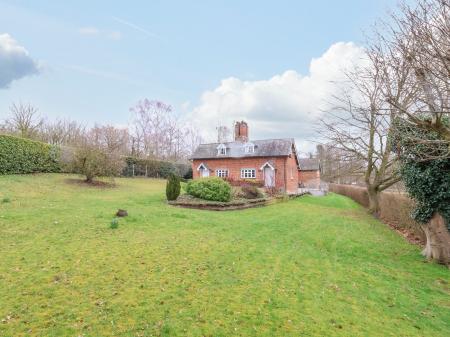
Orford Lighthouse
The most obviously visible symbol of Orford Ness is the red and white striped lighthouse, built by Lord Braybrooke in 1792 as part of a scheme to aid navigation through a dangerous area of sandbanks and shingle.
The original lights were destroyed in a storm in 1887, but the lighthouse continued in operation into the 20th century. During both World Wars, it was used as an observation post and also as an aid to navigation by both Allied and German aeroplanes.
The paraffin powered light was converted to electricity in 1959, and the light was fully automated in 1965. The lighthouse is not generally open to the public except on special open days.
Military defences have been a part of the Orford Ness landscape since the 17th century. During the Napoleonic Wars, a prominent Martello Tower was erected here - the most northerly of a cordon of similar towers along the east coast.
During the Cold War Orford Ness was home to a joint US/UK secret project to create a radar listening post to detect missile and satellite launches, track aircraft, and act as a testing ground for secret intelligence research and development. The project was closed down in the mid-1970s, but the large steel building that housed the project is still there, now used by the BBC.
Access to the Ness is by ferry from Orford Quay, for which a fee is payable, even for National Trust members. Access around Orford Ness is on foot, except for monthly trailer bus days - see details on the National Trust website. Regular guided tours are available covering natural history and military history, and there are over five miles of paths for visitors to enjoy.
 We've 'tagged' this attraction information to help you find related historic attractions and learn more about major time periods mentioned.
We've 'tagged' this attraction information to help you find related historic attractions and learn more about major time periods mentioned.



